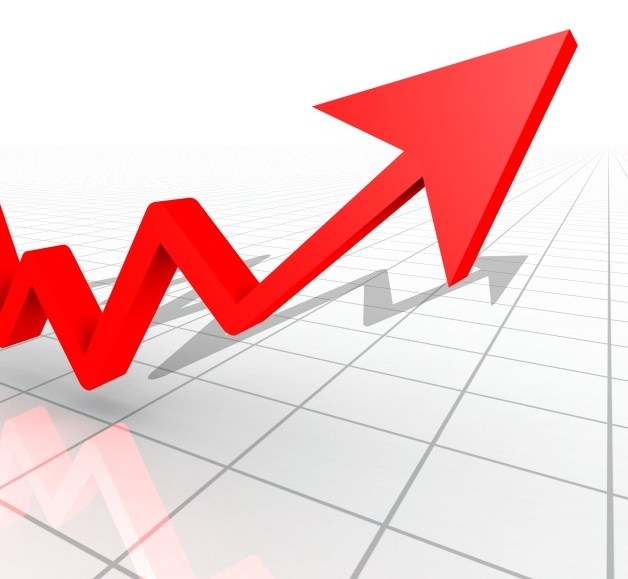
If you listen to the real-time bidding evangelists, a rising tide lifts all boats. In the short term, however, it appears as though the “efficiencies” gained through programmatic ad buying will cut into online advertising growth, meaning publishers should expect to make less.
Magna Global warned this is a likely consequence. As online media is increasingly traded through programmatic mechanisms, it’s ultimately becoming cheaper to obtain. As marketers switch their budgets from traditional to digital media they’re saving considerable amounts of money, and there’s no guarantee they’ll reinvest it in more media.
“Unless marketers find themselves in a growing or highly competitive market, they’re not likely to use those savings to increase advertising pressure or share of voice,” wrote Vincent Letang, the firm’s director of global forecasting. Although digital continues to grow its share of ad investment that progress may begin to slow, therefore, as the channel gets cheaper. Magna estimates almost half of online media will be traded programmatically in the U.S. by 2017.
As users continue to make the leap to digital, it’s clear media companies, marketers, and agencies will follow. But the “trading analog dollars for digital dimes” concept continues to worry the industry, and it might only get worse as it continues attempts to hyper-optimize its every aspect.
What’s more this trend is currently only at play in developed markets, and has yet to hit the emerging markets that are currently driving a lot of growth in digital. As programmatic technologies continue to proliferate, therefore, they could have an even more pronounced deflationary effect on the global ad business moving beyond 2014.
Magna forecasted 13.5 percent growth for online advertising in 2013, far outstripping the overall 3.3 percent ad uptick it expects. As has been the case for the past couple of years, much of that increase will be driven by social media and video, of which user consumption continues to grow rapidly. Media and platform owners have aggressively stepped up their attempts to monetize those two channels over the past year, too, which is also helping to draw greater budgets. It’s now rare to see a YouTube clip without a pre-roll ad, for example, and social platforms such as Facebook and Twitter are slowly turning up the number of ads their users are exposed to.
More in Media

Media Briefing: The top trends in the media industry for 2025
This week’s Media Briefing takes a look at the top trends from 2025, from digital advertising revenue performance to AI licensing deals.

Digiday Scorecard: Publishers rate Big Tech’s AI licensing deals
Digiday has compiled a scorecard grading AI platforms to make sense of the growing number of players in the AI content licensing market.

Publishers are hunting for AI prompt data — now they’re starting to get it from third-party companies
Publishers are finally gaining some visibility into AI search, as new prompt data tools crack open a black box.





